Home>Furniture & Design>Bathroom Accessories>What Is In Toilet Bowl Cleaner
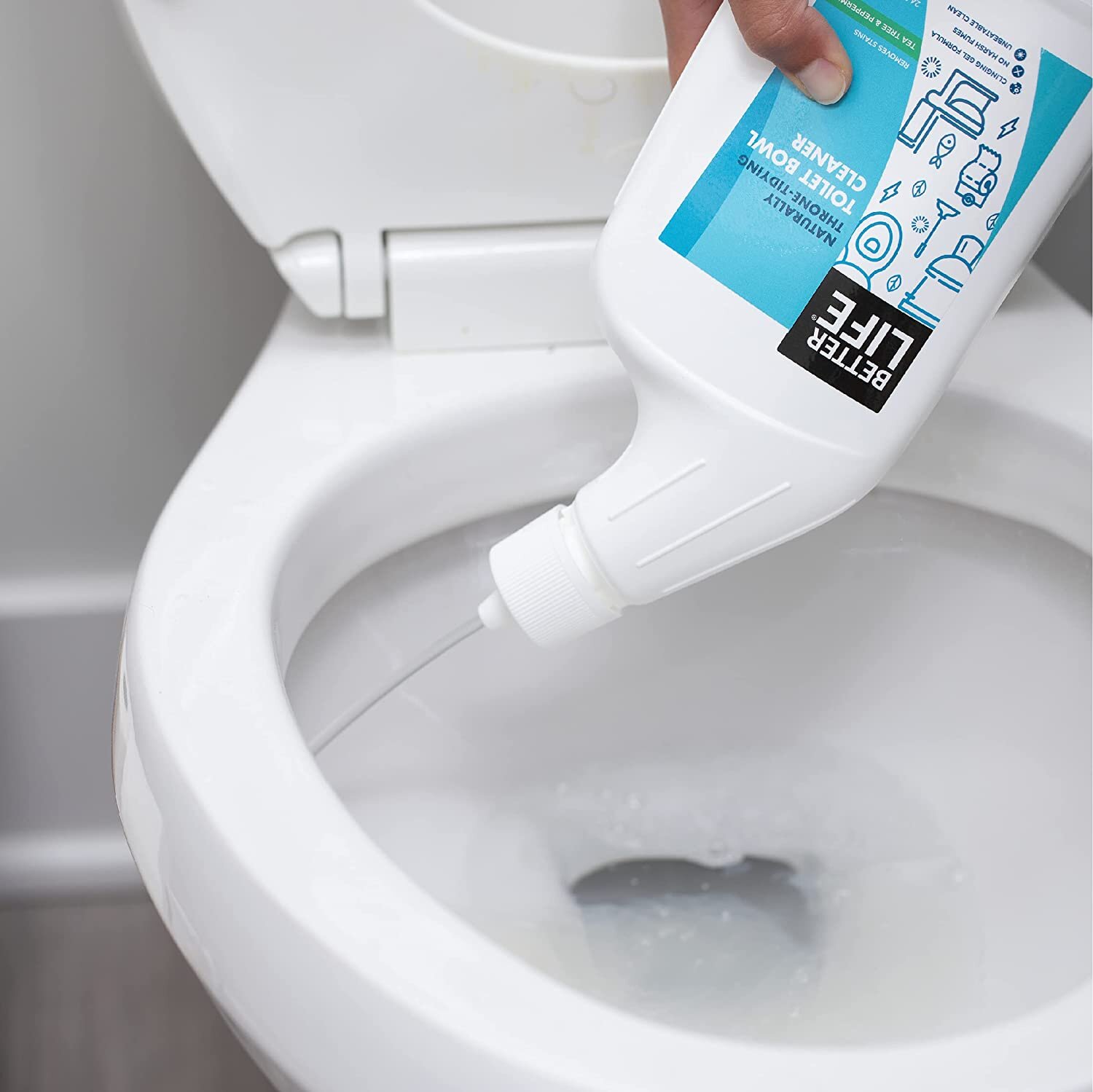

Bathroom Accessories
What Is In Toilet Bowl Cleaner
Modified: October 19, 2024
Discover the best toilet bowl cleaner for your bathroom accessories. Find out how to keep your toilet clean and fresh with our top recommendations.
(Many of the links in this article redirect to a specific reviewed product. Your purchase of these products through affiliate links helps to generate commission for Storables.com, at no extra cost. Learn more)
Introduction
When it comes to keeping our bathrooms clean and fresh, one of the essential products in our cleaning arsenal is toilet bowl cleaner. This powerful solution is specifically formulated to tackle tough stains, mineral deposits, and bacteria that can accumulate in the toilet bowl over time. Understanding the composition and impact of toilet bowl cleaner is crucial for maintaining a hygienic and safe bathroom environment.
In the following sections, we will delve into the common ingredients found in toilet bowl cleaners, explore the potential harmful effects associated with their use, and highlight environmentally friendly alternatives. By gaining insight into these aspects, you can make informed decisions about the products you use in your home and contribute to a healthier living space for you and your family.
Key Takeaways:
- Choose toilet bowl cleaners with care, as they contain strong chemicals that can harm health and the environment. Consider eco-friendly alternatives like vinegar and baking soda for a safer and greener clean.
- Traditional toilet bowl cleaners can be harmful. Explore natural options like essential oils and citrus-based cleaners for a safer and more sustainable way to keep your toilet clean.
Read more: What Acid Is In Toilet Bowl Cleaner
Common Ingredients in Toilet Bowl Cleaner
Toilet bowl cleaners are formulated with a variety of ingredients designed to effectively remove stains, disinfect, and deodorize the toilet bowl. Understanding these common components can provide insight into the cleaning process and potential impacts on health and the environment.
1. Hydrochloric Acid
Hydrochloric acid, also known as muriatic acid, is a potent chemical compound commonly found in toilet bowl cleaners. It serves as a powerful cleaning agent, capable of dissolving tough mineral deposits, such as limescale and rust, that can accumulate in the toilet bowl. While effective, it's important to handle products containing hydrochloric acid with caution due to its corrosive nature.
2. Sodium Hypochlorite
Sodium hypochlorite, a key ingredient in many toilet bowl cleaners, is a powerful disinfectant and bleaching agent. It effectively kills bacteria, viruses, and fungi, helping to sanitize the toilet bowl and eliminate odors. However, it's essential to use products containing sodium hypochlorite in well-ventilated areas and avoid mixing them with other cleaning agents to prevent the release of toxic fumes.
3. Surfactants
Surfactants are compounds that help break down and remove stains and residues from the toilet bowl's surface. These active agents reduce the surface tension of water, allowing the cleaner to spread evenly and penetrate grime and dirt for thorough cleaning. Additionally, surfactants contribute to the foaming action often observed in toilet bowl cleaners, enhancing their overall cleaning effectiveness.
Read more: What Is The Best Toilet Bowl Cleaner
4. Fragrances
Toilet bowl cleaners often contain fragrances to impart a fresh and pleasant scent to the bathroom. These fragrances help mask unpleasant odors and contribute to a more inviting environment. However, individuals sensitive to synthetic fragrances should be mindful of potential allergic reactions and consider fragrance-free alternatives.
5. Water
Water serves as a solvent and diluent in toilet bowl cleaner formulations, aiding in the dispersion of active ingredients and ensuring the product's usability. While seemingly innocuous, the quality of water used in the manufacturing process can impact the overall effectiveness and safety of the cleaner.
Understanding the common ingredients in toilet bowl cleaners provides valuable insight into their cleaning mechanisms and potential impacts on health and the environment. When using these products, it's essential to follow safety guidelines, handle them responsibly, and consider alternative options that align with personal preferences and environmental consciousness.
Harmful Effects of Toilet Bowl Cleaner
Toilet bowl cleaners, while effective in maintaining a clean and sanitized bathroom environment, can pose potential risks to human health and the ecosystem. Understanding the harmful effects associated with these cleaners is crucial for making informed decisions about their usage and exploring safer alternatives.
1. Health Risks
The potent chemical compounds present in toilet bowl cleaners, such as hydrochloric acid and sodium hypochlorite, can pose significant health hazards if not handled and used with care. Direct contact with these chemicals can lead to skin and eye irritation, chemical burns, and respiratory issues if inhaled. Additionally, accidental ingestion of toilet bowl cleaner can result in severe internal injuries and poisoning, especially for children and pets. It's essential to store these products securely and use them in well-ventilated areas while wearing protective gear, such as gloves and masks, to minimize exposure.
2. Environmental Impact
The disposal of toilet bowl cleaner residues can contribute to water pollution and harm aquatic ecosystems. Chemicals like hydrochloric acid and sodium hypochlorite, when rinsed away during cleaning, can enter waterways and disrupt the balance of aquatic life. These substances can also persist in the environment, potentially causing long-term damage to ecosystems. Furthermore, the manufacturing and production processes of toilet bowl cleaners may generate harmful by-products and contribute to air and water pollution if not managed responsibly.
3. Indoor Air Quality
The use of toilet bowl cleaners can impact indoor air quality, especially in poorly ventilated spaces. The release of volatile organic compounds (VOCs) from fragrances and other chemical components in these cleaners can contribute to indoor air pollution, leading to respiratory irritation and exacerbating existing respiratory conditions. Individuals with asthma or sensitivities to airborne irritants may experience discomfort and health complications when exposed to these pollutants.
4. Corrosive Effects
The corrosive nature of certain ingredients in toilet bowl cleaners, such as hydrochloric acid, can damage plumbing fixtures and surfaces if not used according to the manufacturer's instructions. Prolonged or improper application of these cleaners may lead to deterioration of toilet components, including seals, gaskets, and metal fittings, potentially resulting in costly repairs and replacements.
5. Accidental Mixing
Mixing toilet bowl cleaner with other household cleaning products, particularly those containing ammonia or acidic ingredients, can produce toxic fumes and hazardous chemical reactions. These interactions can pose immediate health risks and should be avoided to prevent accidental exposure to harmful substances.
Understanding the potential harmful effects of toilet bowl cleaners underscores the importance of using these products responsibly and exploring alternative cleaning solutions that prioritize safety and environmental sustainability. By making informed choices and adopting safer cleaning practices, individuals can minimize the risks associated with traditional toilet bowl cleaners and contribute to a healthier living environment for themselves and future generations.
Environmentally Friendly Alternatives to Toilet Bowl Cleaner
In response to the potential environmental and health concerns associated with traditional toilet bowl cleaners, many individuals are seeking alternative cleaning solutions that are both effective and environmentally friendly. Fortunately, several eco-conscious alternatives offer a safer and sustainable approach to maintaining a clean and hygienic toilet bowl.
1. Vinegar and Baking Soda
A popular and natural alternative to conventional toilet bowl cleaners involves the use of vinegar and baking soda. When combined, these household staples create a powerful foaming reaction that helps break down stains and mineral deposits. Vinegar's acidic nature aids in dissolving limescale and mineral buildup, while baking soda serves as a gentle abrasive agent, effectively scrubbing away grime and odors. This non-toxic combination offers a safe and eco-friendly approach to toilet bowl cleaning.
2. Essential Oils
Harnessing the natural antibacterial and aromatic properties of essential oils can elevate the cleaning experience while promoting environmental sustainability. Adding a few drops of essential oils, such as tea tree oil or lavender oil, to a homemade toilet bowl cleaning solution not only imparts a pleasant fragrance but also contributes to the disinfection of the toilet bowl. These oils possess natural antimicrobial properties, effectively combating germs and bacteria without the need for harsh chemicals.
3. Eco-Friendly Commercial Cleaners
For individuals seeking ready-to-use eco-friendly options, there are commercial toilet bowl cleaners available that prioritize sustainability and biodegradability. These products are formulated using plant-based ingredients and natural enzymes to effectively clean and sanitize the toilet bowl without compromising environmental integrity. Additionally, many eco-friendly cleaners are free from synthetic fragrances and harsh chemicals, making them suitable for individuals with sensitivities and allergies.
Read more: How To Open Lysol Toilet Bowl Cleaner
4. DIY Citrus-Based Cleaners
Citrus fruits, such as lemons and oranges, can be repurposed to create environmentally friendly toilet bowl cleaners. The natural acidity of citrus fruits, particularly their peels and juices, can help dissolve stains and eliminate odors. By infusing citrus peels in vinegar or creating citrus-based cleaning solutions, individuals can harness the cleaning power of citrus while reducing their reliance on conventional chemical-laden cleaners.
5. Water-Efficient Toilet Maintenance
In addition to alternative cleaning solutions, practicing water-efficient toilet maintenance can contribute to a more sustainable approach to cleanliness. Regularly monitoring and repairing toilet components, such as flappers and fill valves, can prevent water wastage and reduce the need for excessive cleaning. By addressing leaks and optimizing water usage, individuals can minimize the environmental impact associated with toilet maintenance.
Embracing environmentally friendly alternatives to traditional toilet bowl cleaners empowers individuals to prioritize sustainability without compromising cleanliness and hygiene. By incorporating these eco-conscious approaches into their cleaning routines, individuals can contribute to a healthier and more environmentally sustainable home environment.
Conclusion
In conclusion, the use of toilet bowl cleaner is integral to maintaining a clean and hygienic bathroom environment. However, it is essential to be mindful of the potential impacts associated with traditional cleaners and explore alternative solutions that prioritize safety, sustainability, and effectiveness.
By understanding the common ingredients found in toilet bowl cleaners, individuals gain insight into the cleaning mechanisms and potential health and environmental implications. Chemical compounds such as hydrochloric acid and sodium hypochlorite, while effective in removing stains and disinfecting, can pose health risks and contribute to environmental pollution if not handled and disposed of responsibly. Additionally, the presence of synthetic fragrances and volatile organic compounds in these cleaners can impact indoor air quality, potentially leading to respiratory discomfort and irritation.
The harmful effects of traditional toilet bowl cleaners underscore the importance of exploring environmentally friendly alternatives. From natural cleaning agents like vinegar and baking soda to eco-friendly commercial cleaners formulated with plant-based ingredients, there are numerous options available that offer effective cleaning power without compromising environmental integrity. Embracing water-efficient toilet maintenance practices and harnessing the natural properties of essential oils and citrus fruits further contribute to a sustainable approach to toilet bowl cleaning.
Ultimately, by making informed choices and adopting eco-conscious cleaning practices, individuals can minimize the potential risks associated with traditional toilet bowl cleaners while contributing to a healthier living environment for themselves and future generations. Prioritizing safety, sustainability, and effectiveness in toilet bowl cleaning aligns with the broader movement towards eco-friendly living and responsible consumer choices.
Incorporating these alternative approaches into daily cleaning routines not only promotes environmental stewardship but also fosters a sense of well-being and mindfulness in maintaining a harmonious living space. As we strive to create healthier and more sustainable homes, the conscientious selection of toilet bowl cleaners and cleaning practices plays a significant role in shaping a cleaner, safer, and more environmentally friendly future.
Frequently Asked Questions about What Is In Toilet Bowl Cleaner
Was this page helpful?
At Storables.com, we guarantee accurate and reliable information. Our content, validated by Expert Board Contributors, is crafted following stringent Editorial Policies. We're committed to providing you with well-researched, expert-backed insights for all your informational needs.
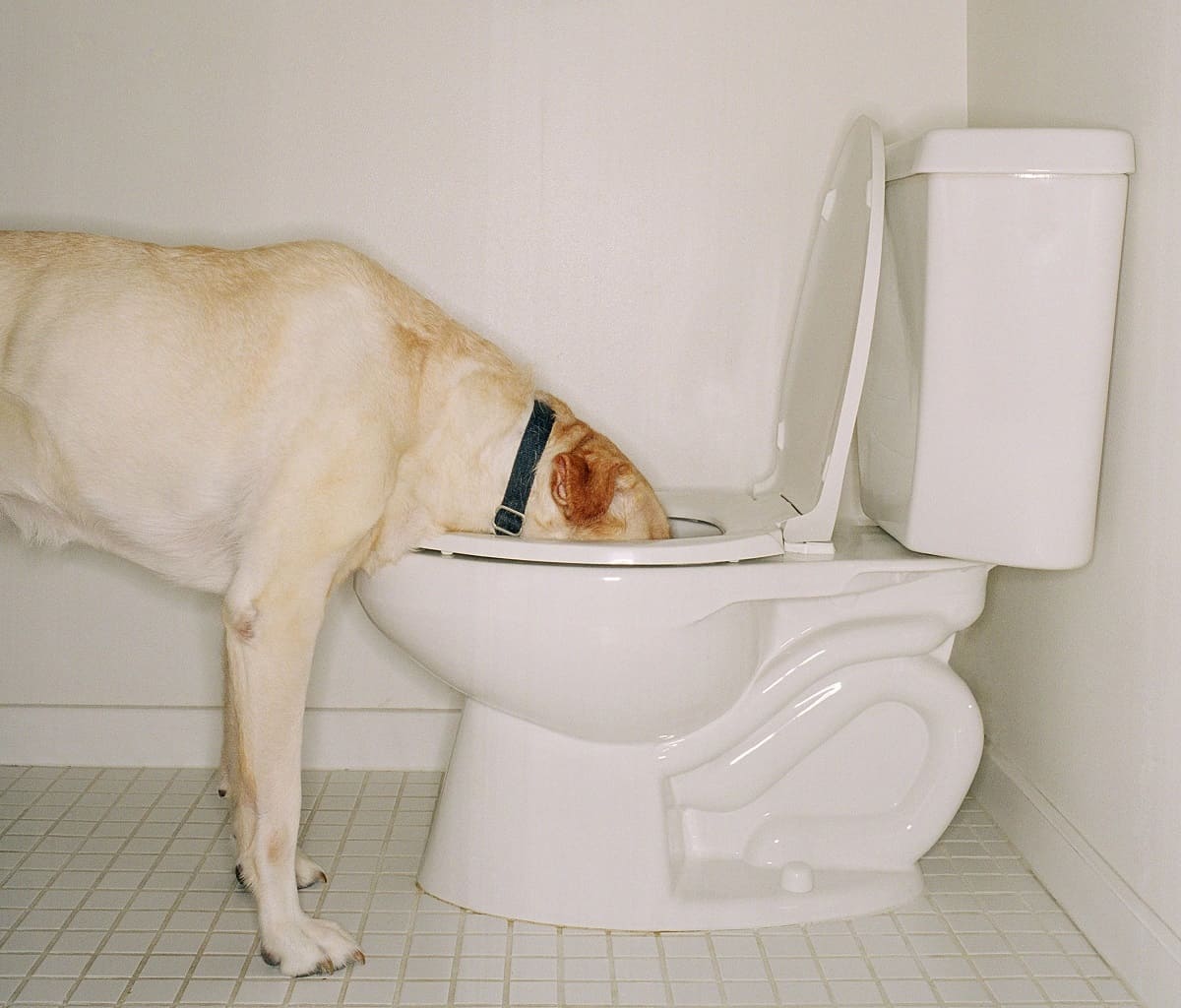
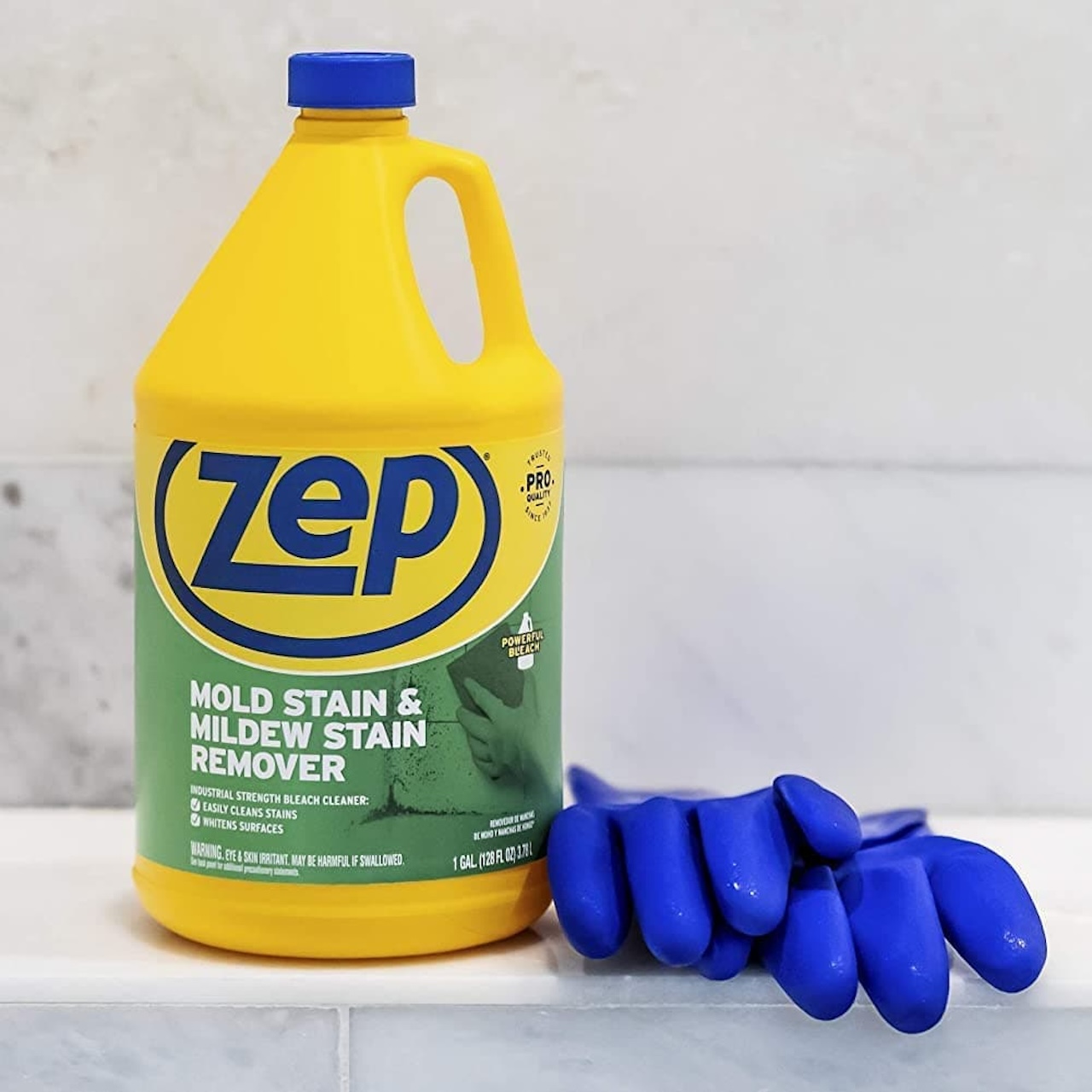
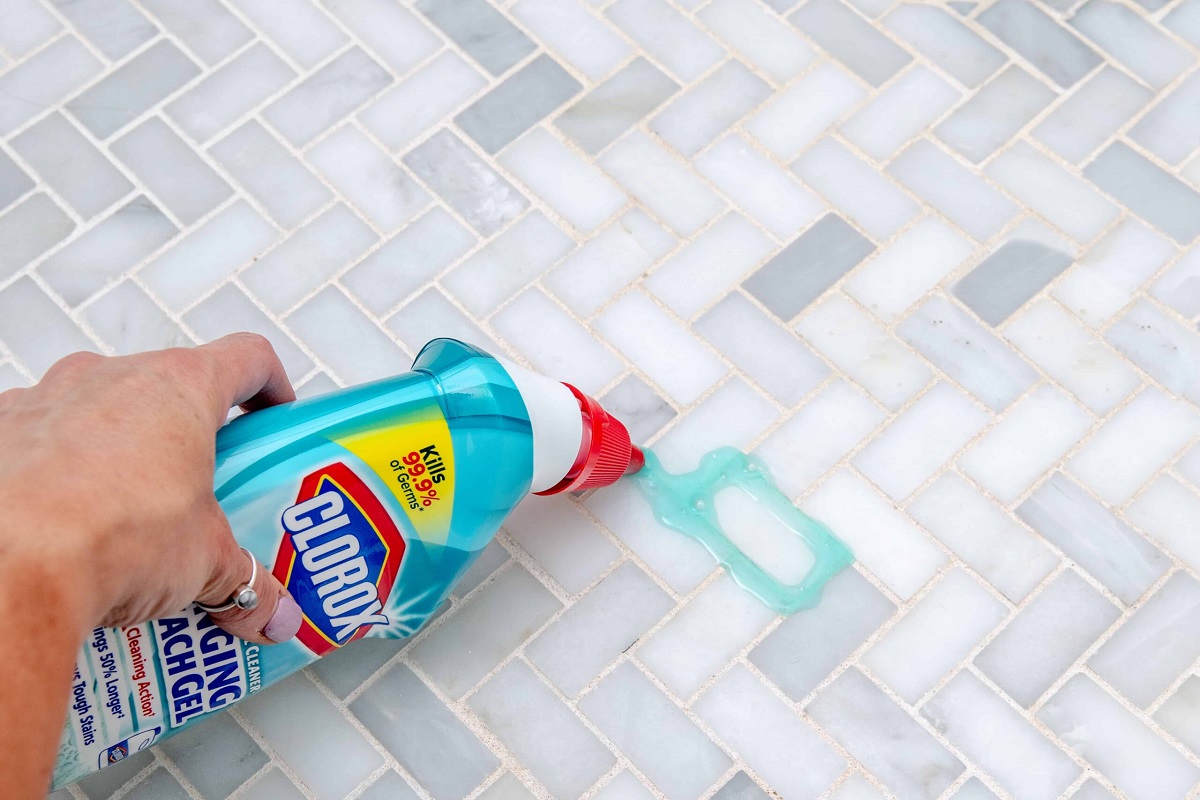
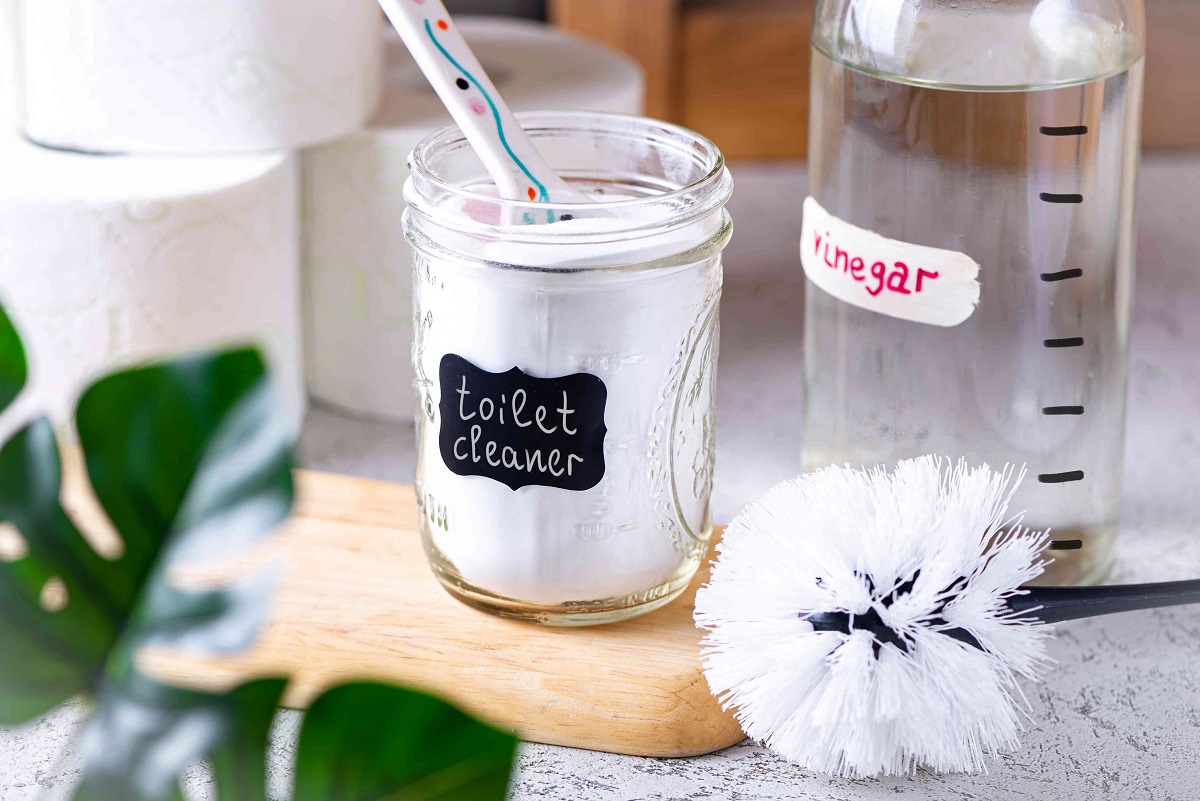

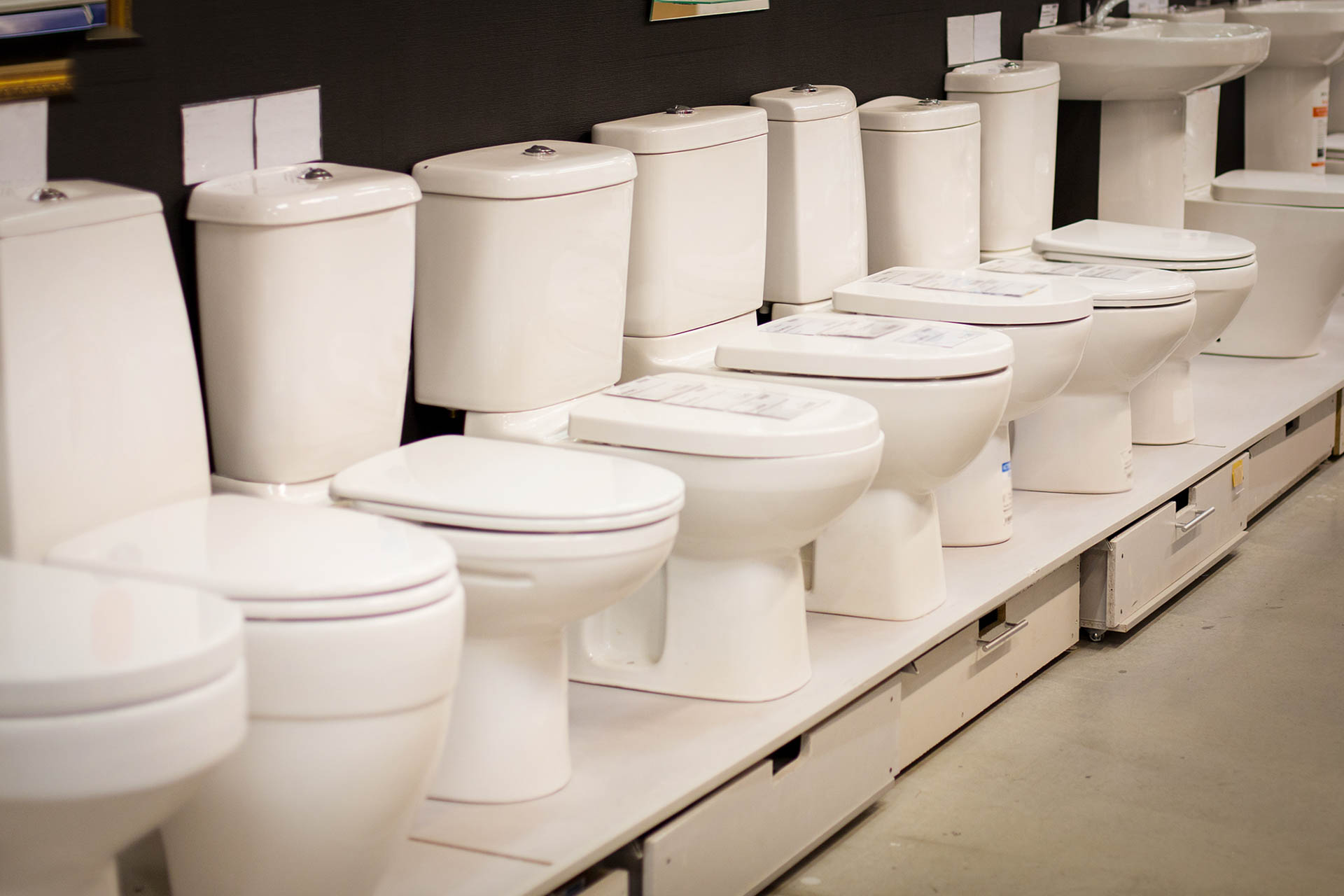
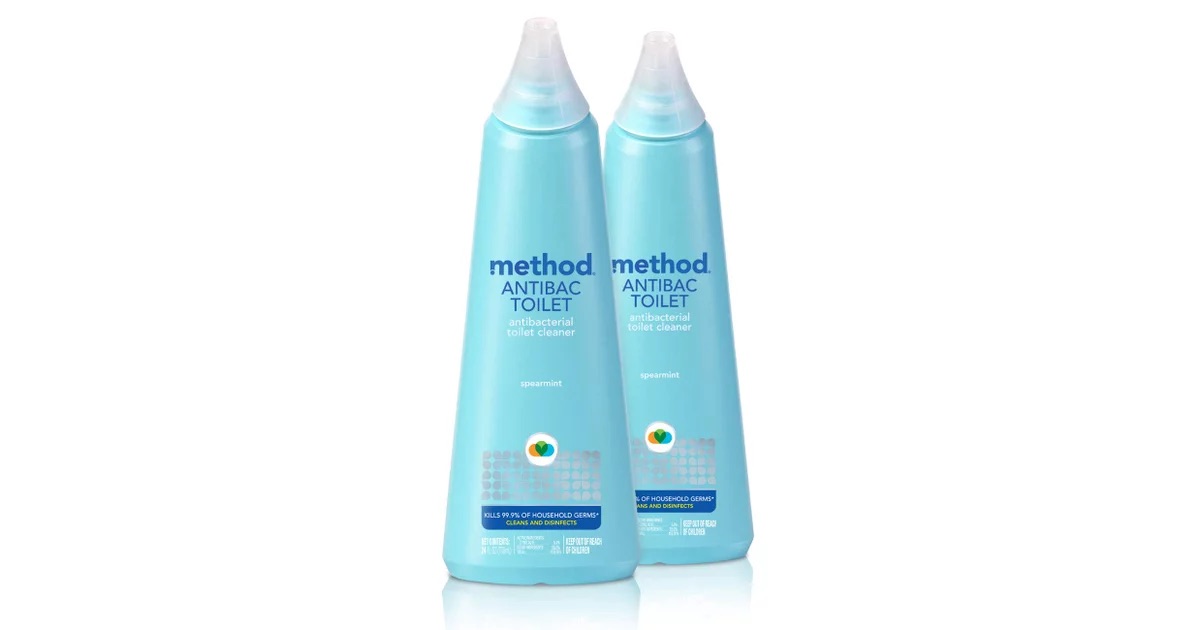
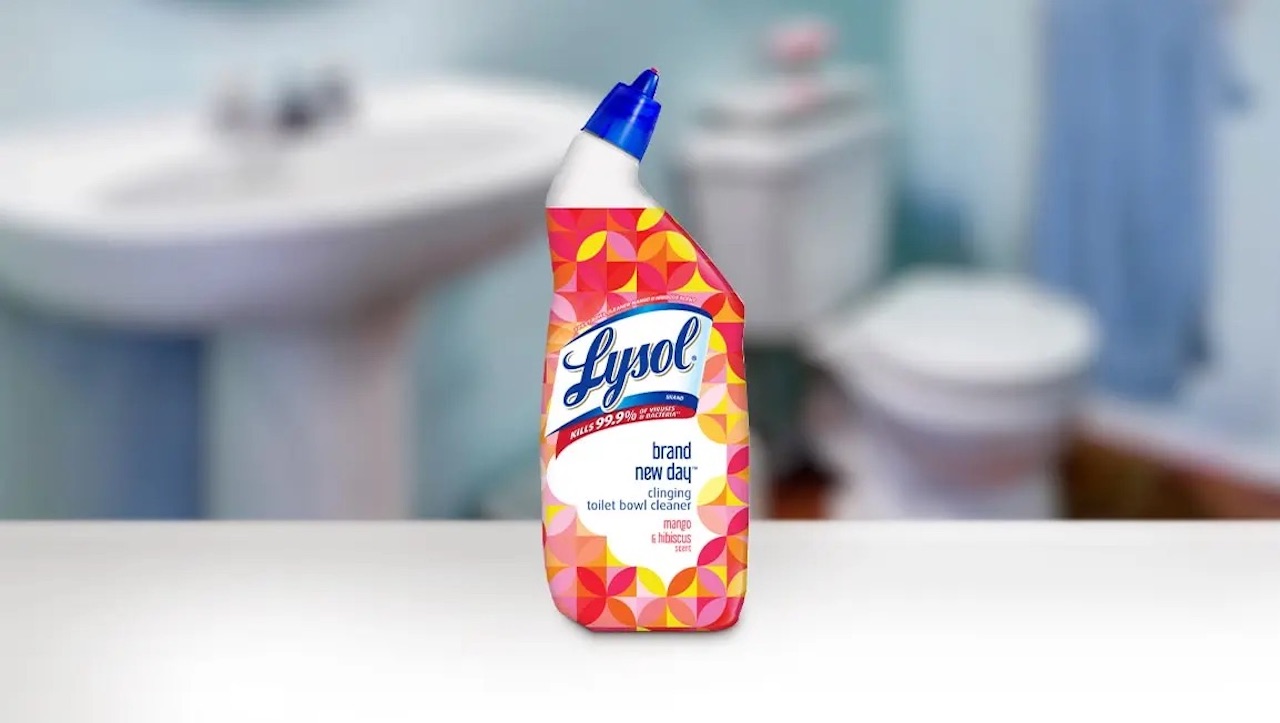
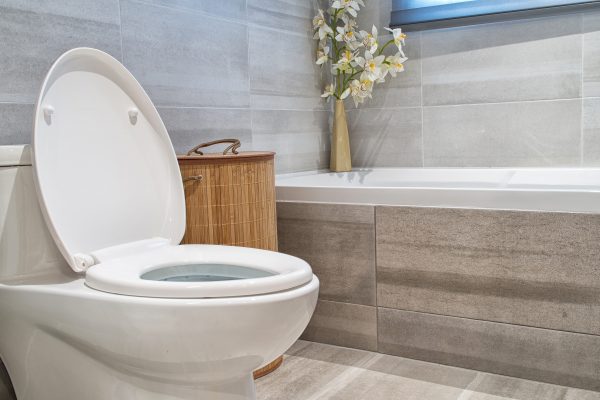
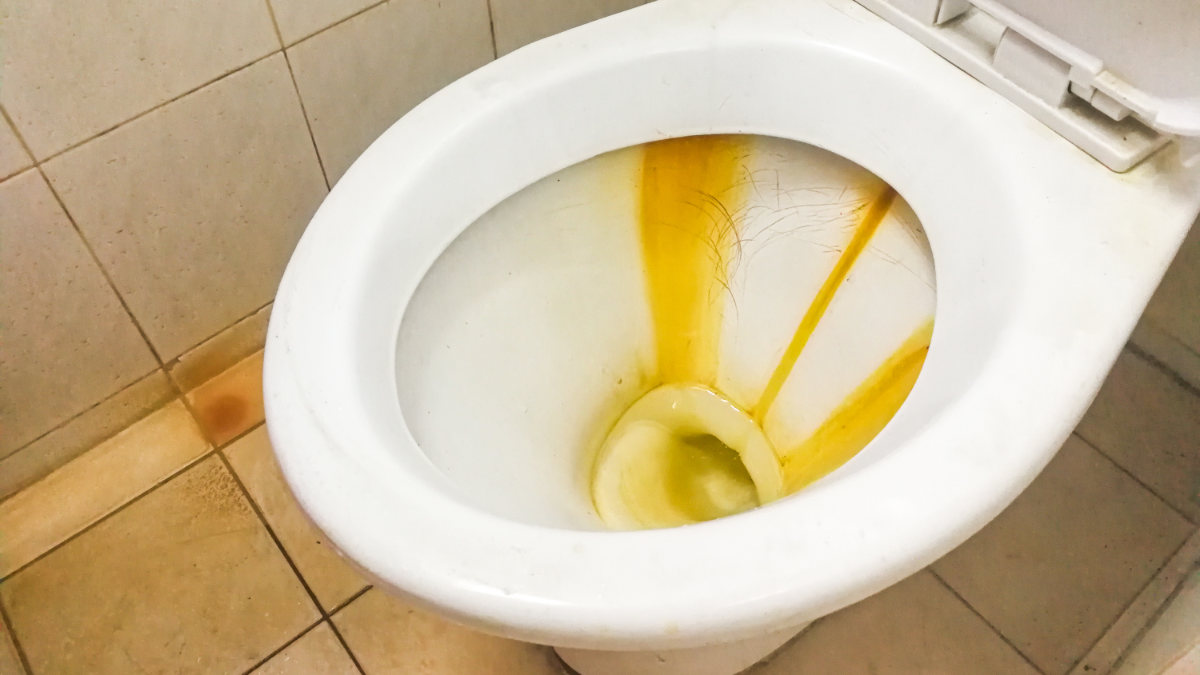
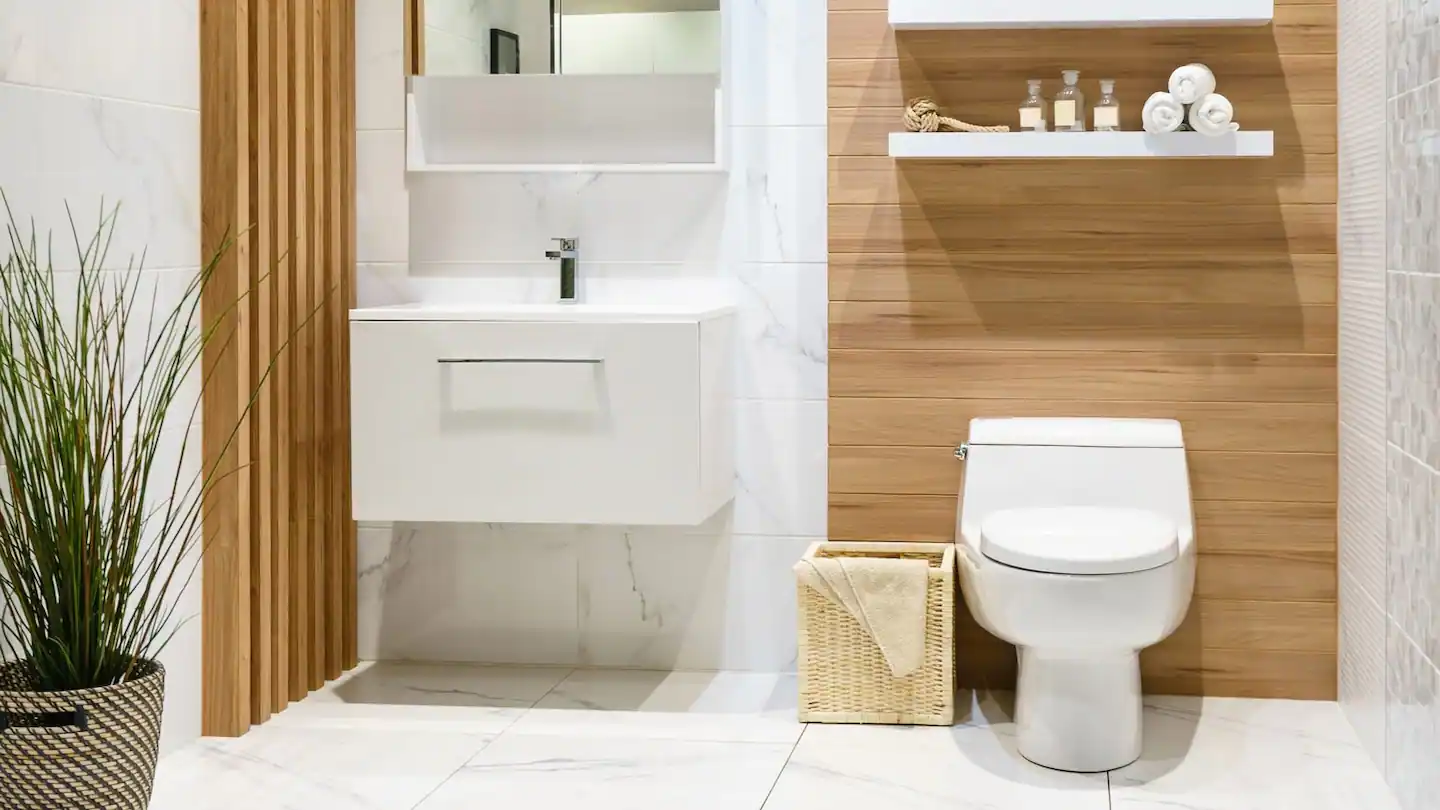

0 thoughts on “What Is In Toilet Bowl Cleaner”